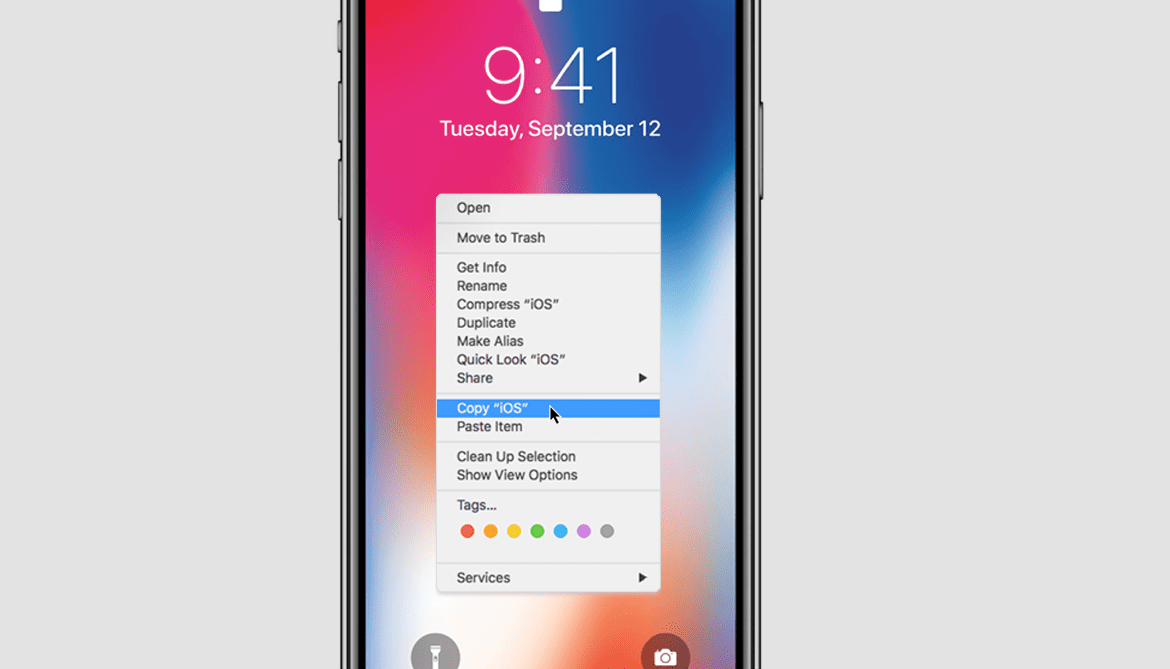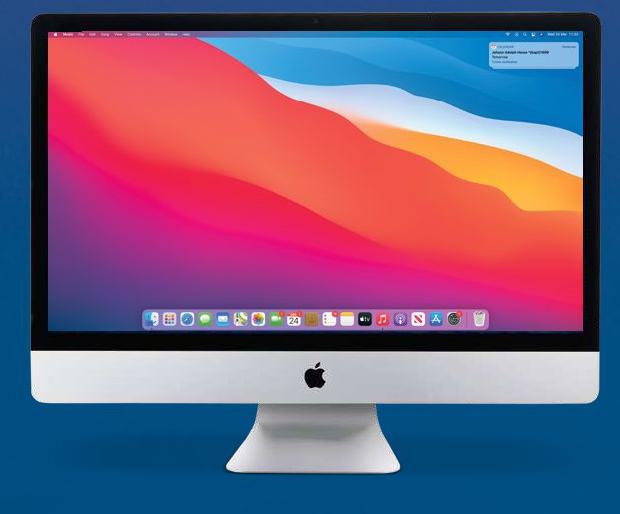

- Ios for mac how to#
- Ios for mac for mac os#
- Ios for mac mac os x#
- Ios for mac install#
- Ios for mac update#
Or, you might have used iTunes to search and install iOS apps. If you've owned iOS devices for years, you would likely have backed up your iOS devices' data to your Mac.
Ios for mac how to#
Video Tutorial on How to Recover Deleted iOS Files on Mac

Owning a Mac is a significant investment. More importantly, you can obtain a free recovery software to retrieve your lost data which are mistakenly deleted. In this guide, you are going to learn what are iOS files on Mac how to delete iOS files to free up space. What are iOS files on Mac? Is it safe to delete iOS files from Mac?
Ios for mac update#
Software Update Is Required to Connect to Your iPhone Error.Fix Backup and Sync Has Encountered a Fatal Error.Change The Login Screen Wallpaper in Catalina.Handoff Not Working Between iOS 13.2/13.1/13, macOS Catalina and watchOS.How to Reset Mac to Factory Without Losing Data.Library is Not Working in Photos in macOS Catalina.Fix An Unexpected Error Occurred While Signing in Catalina.How Much Space Do You Need for Catalina.Ensure both drives appear in the list, then go back by tapping Create VM.

Ios for mac for mac os#
You will need to allocate around 15GB (15,000MB) for Mac OS 10.5 Leopard, but earlier versions may require less. Give your machine’s hard drive a name, then specify its size. Tap the + button again, then tap Create.Tap the disk image, then change Image Type to CD/DVD Image. Then tap Import, and locate and select the Mac OS X. Tap Path, then tap the + button again.
Ios for mac mac os x#
Here’s where we’ll give the machine a virtual hard drive and the Mac OS X disk image.Under the Drives section, tap Setup Drives/Images.It is advised that you don’t allocate more than a quarter of your device’s total RAM. Note, however, that if you give the machine too much memory, iOS or iPadOS will kill the UTM app. It will have 512MB by default, but you can increase this if you wish. Under the System section, change the architecture to PowerPC and the system to Mac99 based PowerMAC.Tap the + button in the top-right corner to begin creating your virtual machine.There’s quite a bit you need to do here, but it’s all relatively simple: That was easy, wasn’t it? Now, it’s time for the exciting bit - creating your virtual machine and running Mac OS X. Screenshot: Cult of Mac Creating a virtual machine UTM is what brings virtual machines to iPad. You will need to have AltStore Server running on your Mac or PC. Select the UTM app package and wait for it to install.Tap the My Apps tab, then tap the + button.The first step in the process is to install UTM: With all these things ready to go, we can begin. UTM: Finally, you will need to download the UTM app package (free) to your device from GitHub.AltStore: To install UTM without a jailbreak, we will use AltStore, the self-described “home for apps that push the boundaries of iOS.” Follow our guide on how to install AltStore if you don’t already have it running on your iPhone or iPad.The installation process alone takes around two hours. Plenty of free time: Although running Mac OS X on an iOS device isn’t complicated, it is lengthy.Ensure you have plenty of free storage available on your device before you begin. You also will need around 15GB for your virtual machine’s hard disk. Plenty of free storage: That Mac OS X image is going to take up around 8GB of storage space.More recent versions of Mac OS X are not compatible. ISO file that should be saved directly to your iPhone or iPad. A copy of Mac OS X 10.5 Leopard (or earlier): We can’t tell you how to obtain this, but a simple Google search will.


 0 kommentar(er)
0 kommentar(er)
